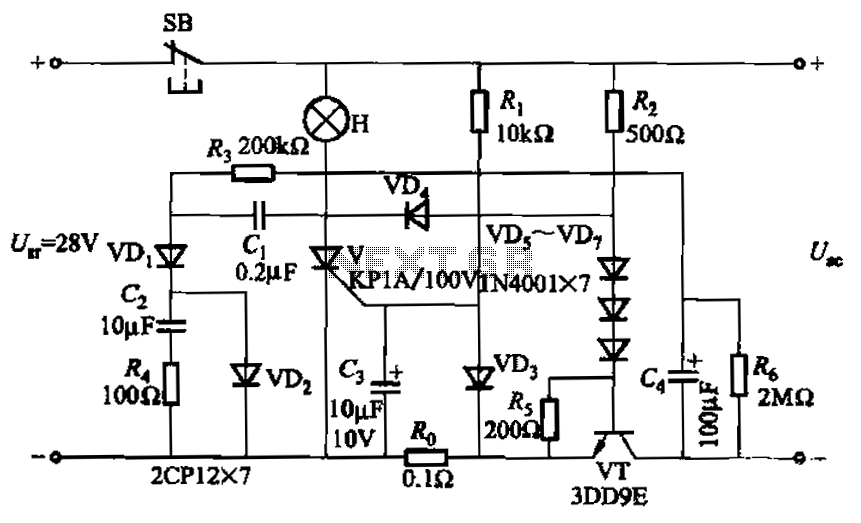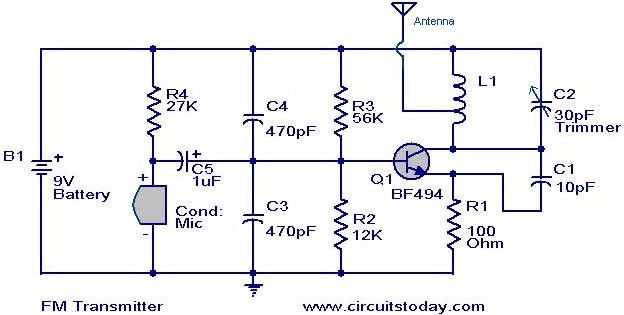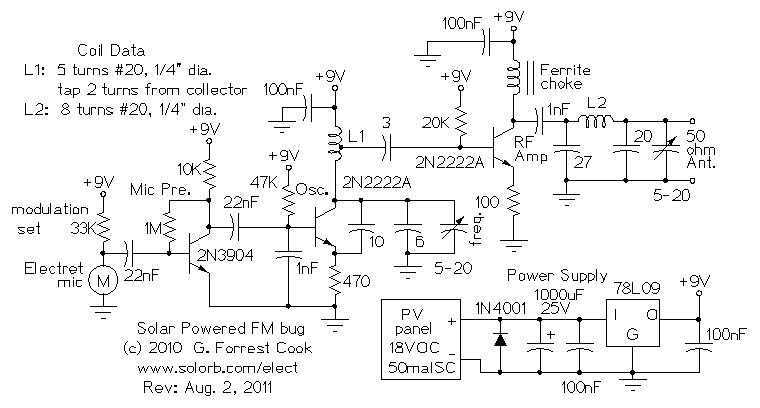
Six thyristor overcurrent protection circuits

Capacitor C3 is used to determine the cutoff power, specifically the voltage threshold (VT cutoff), which influences the delay time selection. The schematic includes a reset button, SB, that is utilized to reset the system after a failure has occurred.
Capacitor C3 plays a crucial role in timing applications within electronic circuits. Its primary function is to manage the delay time by controlling the voltage across it until it reaches a predefined cutoff value. This cutoff voltage, denoted as VT cutoff, is essential for ensuring that the circuit operates within specified time intervals before triggering subsequent actions.
The reset button, SB, serves as a manual intervention point in the circuit. In the event of a malfunction or failure, pressing the reset button allows the user to clear any faults and restore the circuit to its initial state. This feature is critical for maintaining system reliability and facilitating troubleshooting.
In terms of circuit design, the placement of Capacitor C3 is strategic, often connected in parallel with a resistor to form an RC timing network. The time constant of this network, determined by the product of the resistance and capacitance values, dictates the delay experienced in the circuit. The reset button, on the other hand, is typically connected to the circuit in a way that it can momentarily disrupt the power supply or reset the capacitor's charge, thereby providing a fresh start for the system.
Overall, the integration of Capacitor C3 and the reset button SB enhances the functionality and reliability of the electronic circuit by allowing for precise timing control and effective fault management. Capacitor C3 according to cut off the power (ie, VT cutoff) of the delay time to choose. Figure, SB is the reset button after the failure to eliminate.
Capacitor C3 plays a crucial role in timing applications within electronic circuits. Its primary function is to manage the delay time by controlling the voltage across it until it reaches a predefined cutoff value. This cutoff voltage, denoted as VT cutoff, is essential for ensuring that the circuit operates within specified time intervals before triggering subsequent actions.
The reset button, SB, serves as a manual intervention point in the circuit. In the event of a malfunction or failure, pressing the reset button allows the user to clear any faults and restore the circuit to its initial state. This feature is critical for maintaining system reliability and facilitating troubleshooting.
In terms of circuit design, the placement of Capacitor C3 is strategic, often connected in parallel with a resistor to form an RC timing network. The time constant of this network, determined by the product of the resistance and capacitance values, dictates the delay experienced in the circuit. The reset button, on the other hand, is typically connected to the circuit in a way that it can momentarily disrupt the power supply or reset the capacitor's charge, thereby providing a fresh start for the system.
Overall, the integration of Capacitor C3 and the reset button SB enhances the functionality and reliability of the electronic circuit by allowing for precise timing control and effective fault management. Capacitor C3 according to cut off the power (ie, VT cutoff) of the delay time to choose. Figure, SB is the reset button after the failure to eliminate.





